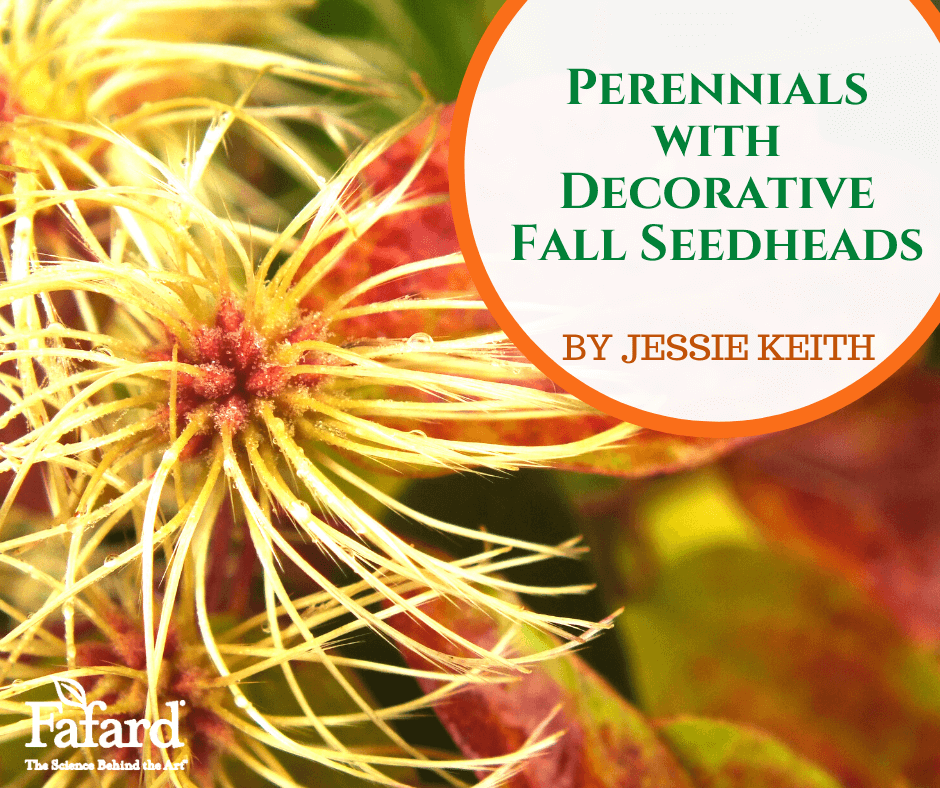
Some fall seedheads bring life to changing, late-season gardens, whether by adding structure and texture to beds or bringing beauty to dry arrangements. Many also do double duty by providing fatty, nutritious food for wildlife. Our favorites even continue to look attractive into the colder months.
Part of enjoying fall seedheads is knowing which should not be cut back. Fastidious gardeners need to hold back with their shears and trimming instincts with these plants. Only when they have served their purposes–whether by adding garden interest or feeding wildlife– should they be cut. Here are several of the best perennials with the prettiest seedy heads for fall.
Perennials With Decorative Fall Seedheads
Black-Eyed Susans
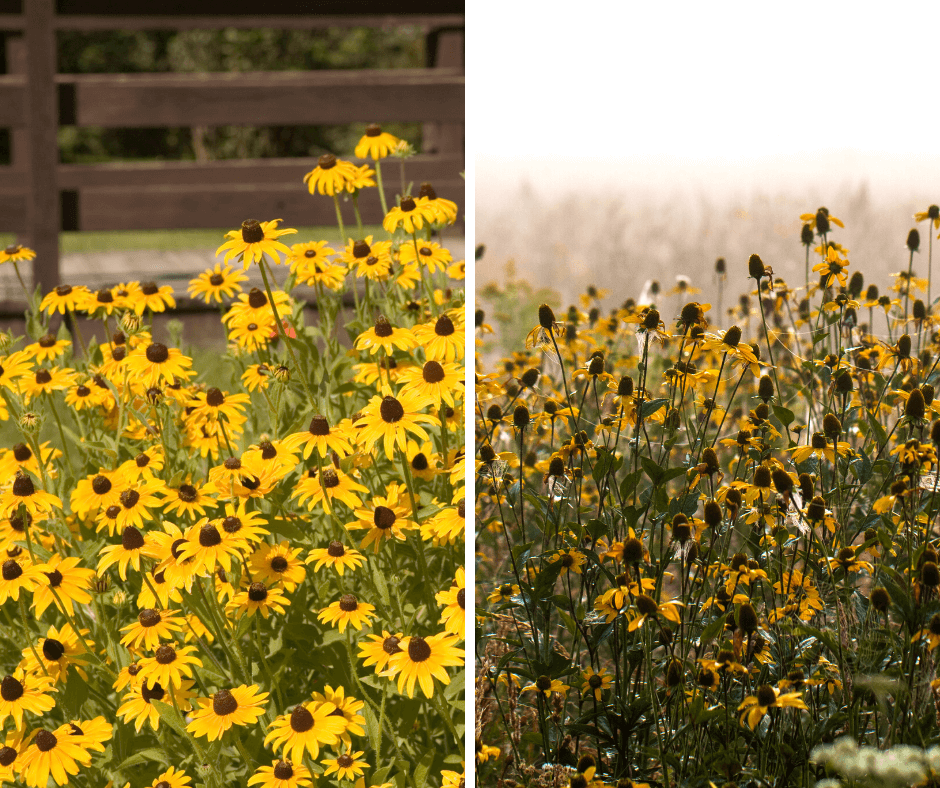
Black-Eyed Susans (Rudbeckia species and hybrids) have small, dark seedheads that remain attractive if you do not cut them back. Branched stems are topped with seedheads that songbirds cannot resist. Wait to cut them back until spring. The heads continue to lend garden interest and catch winter snow beautifully.
False Indigo
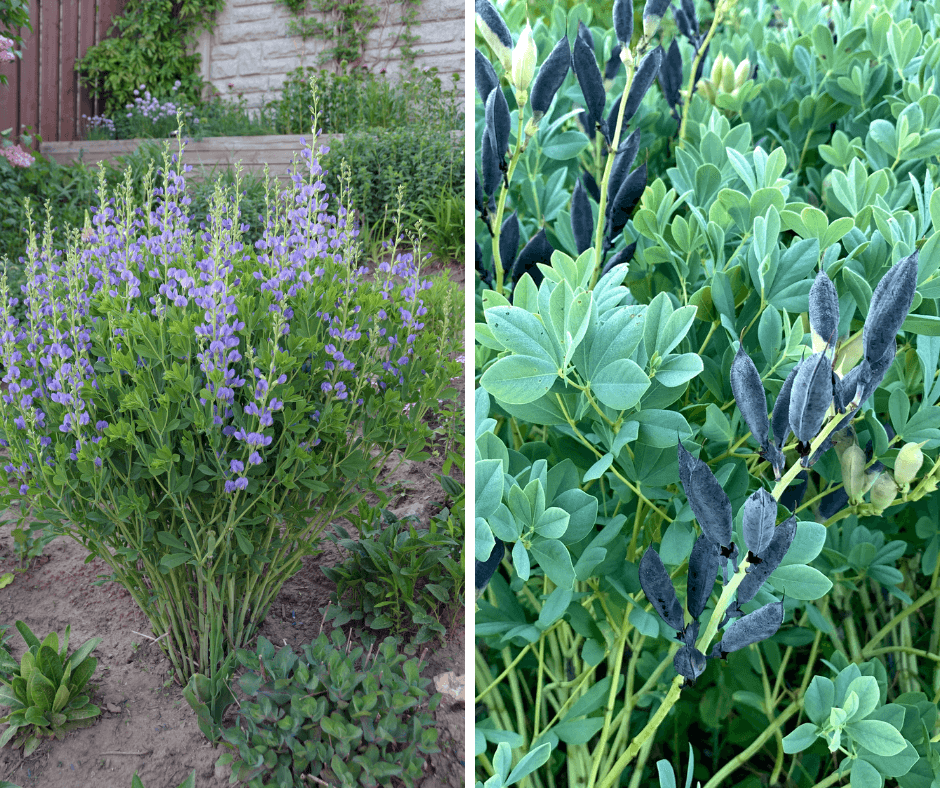
False Indigo (Baptisia species and hybrids, Zones 4-9, ~2-3 feet) has lovely pods that stand above the foliage and turn from green to black. In fall and winter, the dry, black seeds rattle and look attractive. The seeds eventually break open, and seedlings usually follow, but these are easily raked away with a hoe and mulched with Fafard® Premium Natural & Organic Compost over in spring. Some songbirds, such as black-capped chickadees, also eat the seeds in winter.
Chinese Lanterns
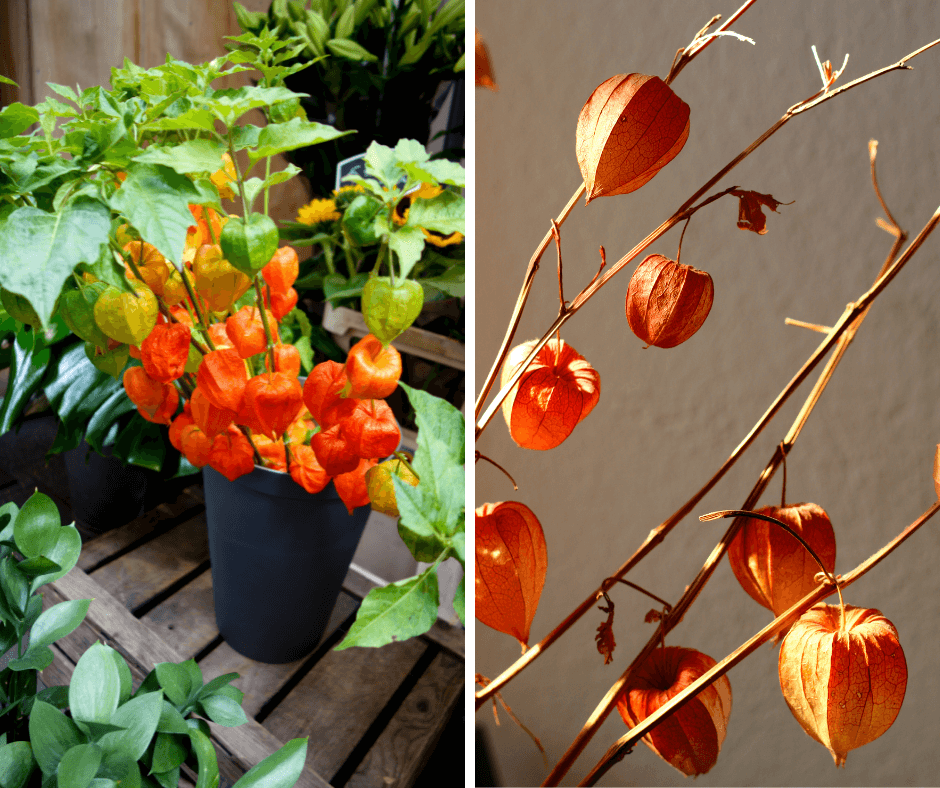
Chinese Lanterns (Physalis alkekengi, Zones 3-9, 1-2 feet) are beautiful in fall–providing glowing lanterns that dry to bright orange-red, which are not seedheads but in essence seedhead covers. The upside is that they remain beautiful in the garden or dried arrangements for a long time. The downside is that these perennials spread quickly, so I recommend container-planting only for these rowdy but attractive plants. Fafard® Natural & Organic Potting Mix is an excellent choice for potting up perennials. Cut off the lanterns by late fall to reduce self-sowing.
Clematis
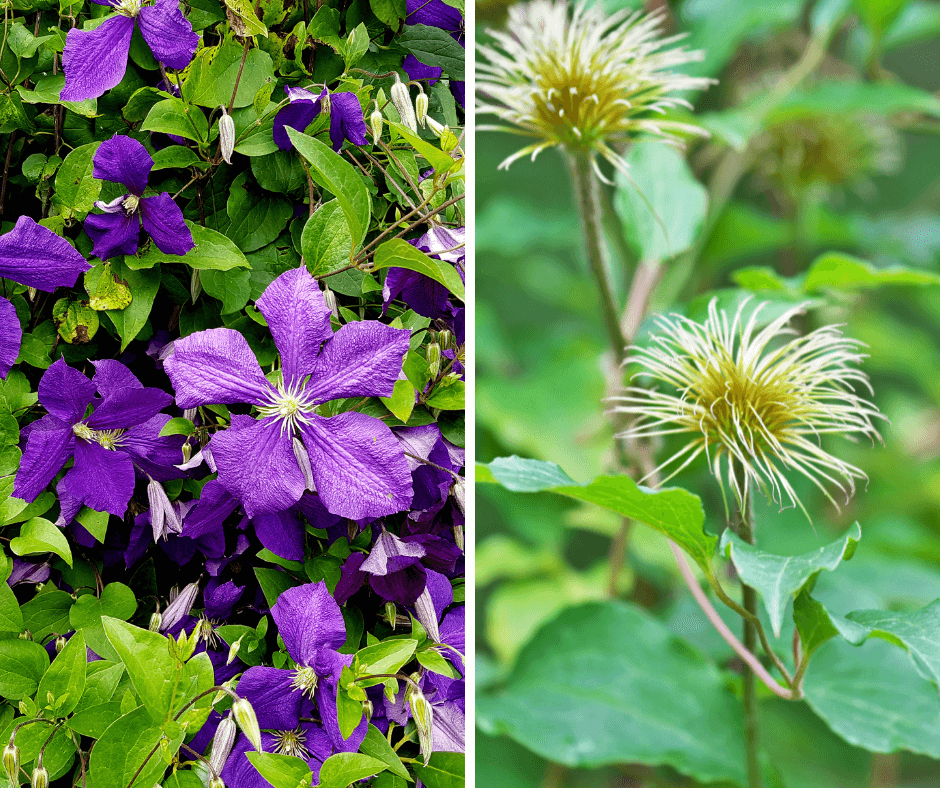
Clematis (Clematis species and hybrids) of all types, vining, and non-vining, produce fluffy seedheads that remain on the plants through fall if left undisturbed. As they dry, they become super fluffy, and finally, they shatter. The seeds are then spread far and wide by the wind. Many hybrids produce sterile seeds, so you do not have to worry about seedlings overtaking your garden.
Coneflowers

Coneflowers (Echinacea species and hybrids, hardiness and heights vary) have reliably attractive seedheads that birds cannot resist. Many gardeners may be tempted to cut back the old flower heads in summer, but refrain from the temptation. Your reward will be lots of songbirds in the garden, and sturdy stems that dry to lend garden appeal all winter long. Expect some seedlings in springtime to move about the garden or share with friends.
Joe-Pye Weed
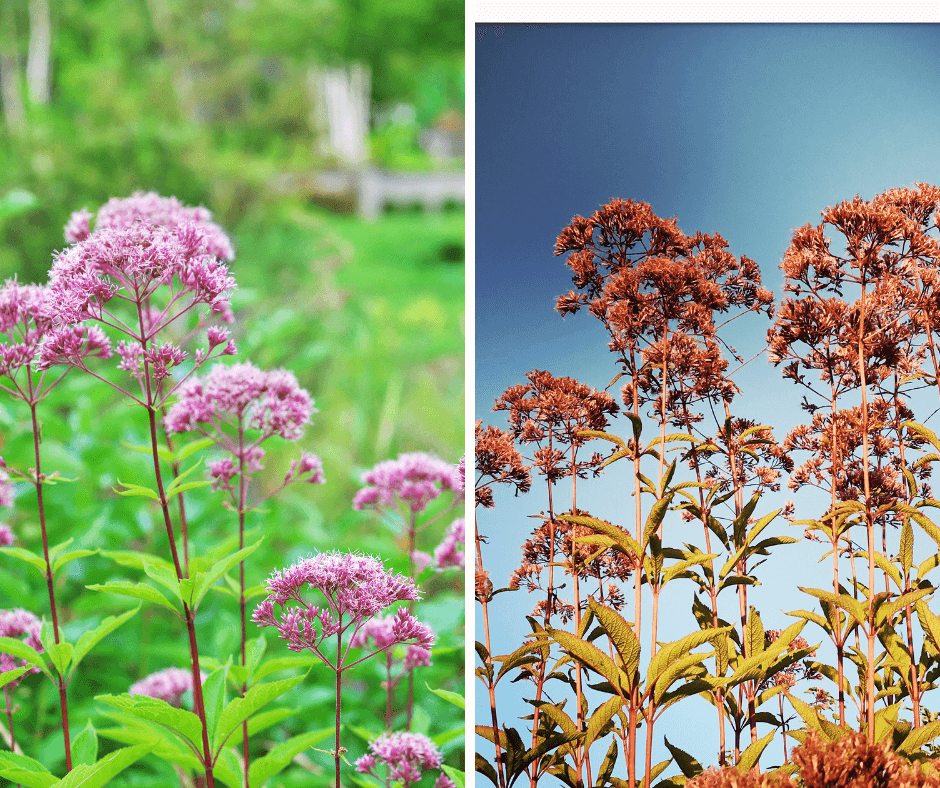
Joe-Pye weed (Eutrochium purpureum, Zones 4-9, 5-7 feet) is a tall, native perennial that makes an impressive statement when in bloom and in seed. The fluffy seeds are attractive to birds and the structural heads and stems remain attractive into winter. Cut them back when they start to break apart. Expect some welcome spring seedlings.
Milkweed
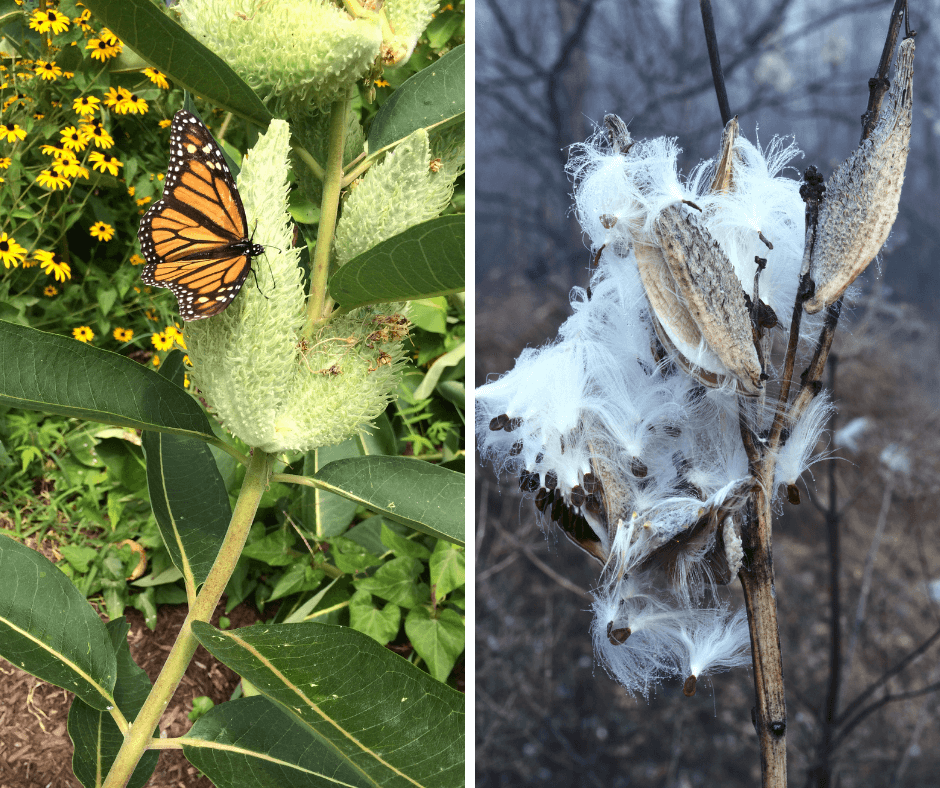
Milkweed (Asclepias species and hybrids, hardiness and heights vary) have become garden favorites because they are essential for monarch butterflies, but many species also have very interesting and beautiful seedpods and seeds that break open and fly in the wind in fall. Keep the pods up in winter for interest. Seedings occur on occasion. Be sure to move them about the garden to increase its butterfly appeal.
Native Grasses
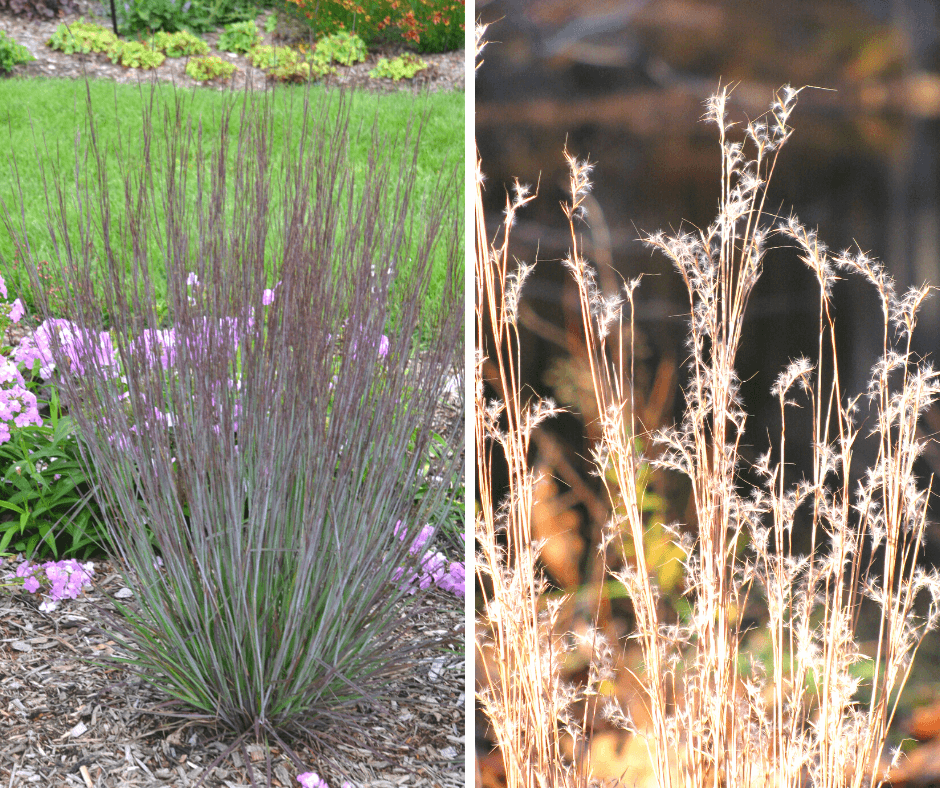
Native grasses of all types have very showy plumes in fall and winter. These include stately garden grasses such as Blonde Ambition blue grama grass (Bouteloua gracilis Blonde Ambition, Zones 4-9, 2-3 feet), with its numerous small seedheads, airy pink muhly grass (Muhlenbergia capillaris), Totem Pole switchgrass (Panicum virgatum Prairie Winds® Totem Pole, Zones 4-9, 6-7 feet), Blue Paradise little bluestem (Schizachyrium scoparium Prairie Winds® Blue Paradise) or in the most extreme case, the 8-10′ western-native giant sacaton grass (Sporobolus wrightii ‘Windbreaker’, Zones 5-9).

